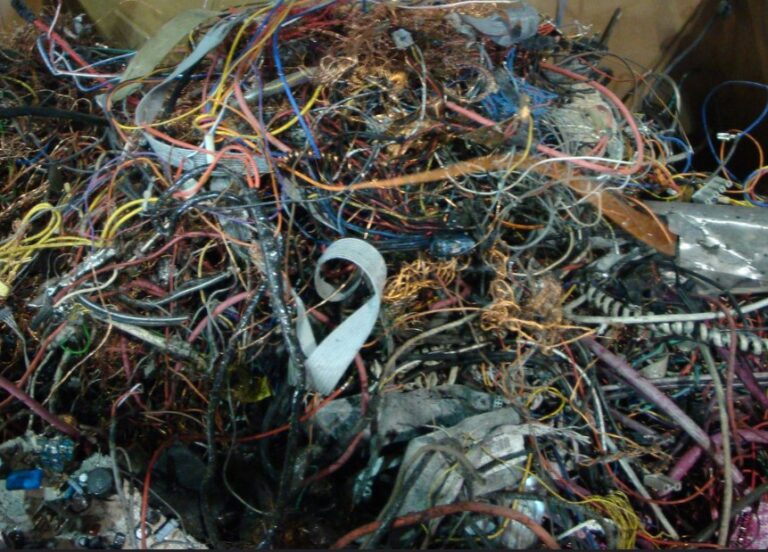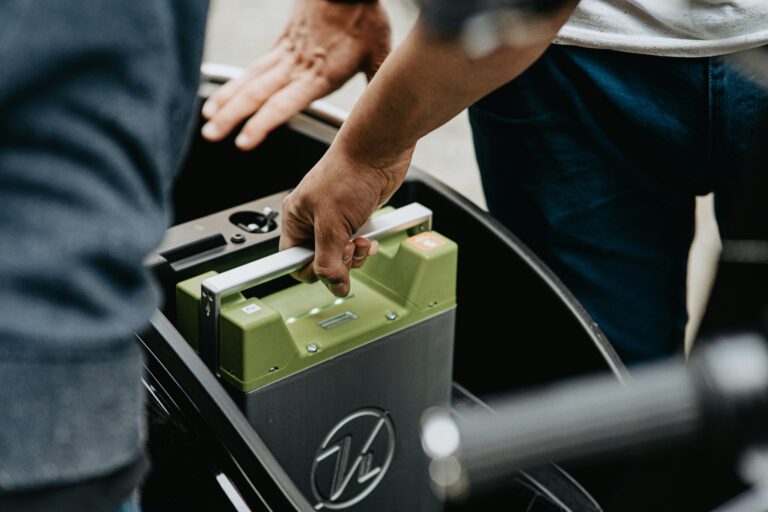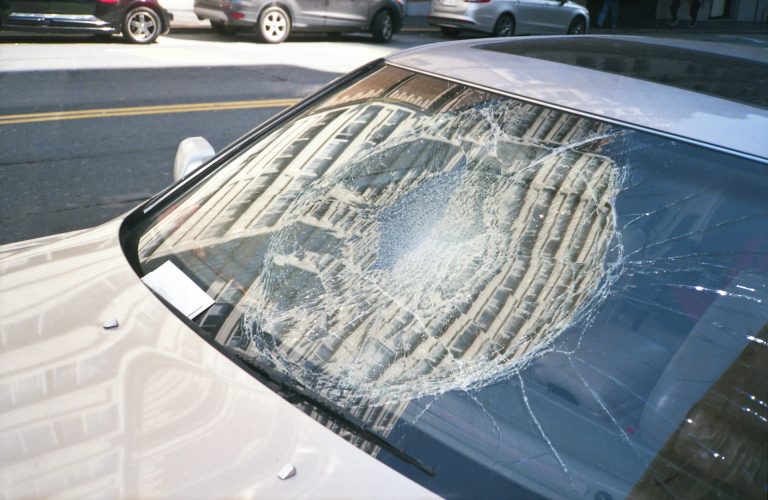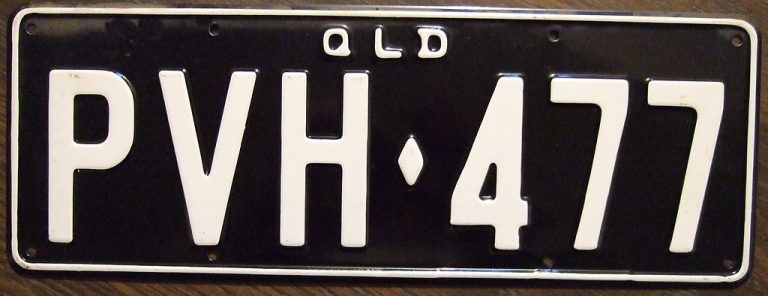What Car Parts Can Be Recycled: Maximising Sustainability
Recycling car parts is an essential practice that contributes to environmental conservation, reduces waste, and promotes the sustainable use of natural resources. Car batteries are one of the most important recyclable components due to their toxic chemicals and the legal implications of improper disposal.
Recycling car parts helps to minimise the environmental impact of the automotive industry and ensures that valuable materials are reused efficiently. Oil filters play an important role in cleaning undesired chemicals from the car’s atmosphere, and their regular replacement and recycling are important for environmental considerations.
Introduction to Car Parts Recycling
Recycling cars involves the process of dismantling old, unwanted cars to salvage usable components and valuable materials. The recycling and upcycling of various components of an old car, such as plastic, metal parts, batteries, tires, and upholstery, play an important role in conserving natural resources.
This practice not only conserves resources but also reduces the need for raw material extraction, thereby lowering greenhouse gas emissions and decreasing the volume of household waste ending up in landfill. Car owners are encouraged to sell their unwanted cars to recyclers for sustainable disposal, which benefits the environment and provides discounted spare parts for vehicle maintenance. Modern vehicles contain a multitude of recyclable materials, making the auto recycling industry a crucial player in promoting sustainability.
Commonly Recycled Car Parts
End of life vehicles (ELVs) are a significant source of recyclable materials. Here, we will explore some of the most widely recycled car parts and the benefits of their recycling.
Car Batteries
Electric car batteries are one of the most important components that can be recycled, with their potential second life as energy storage devices. Recycling car batteries helps to recover valuable materials such as lead, plastic, and acid. The lead is melted down and purified to produce new batteries, while the plastic casing is often reused to make new car parts or other products.
- Types of Recycled Batteries
- Lead-acid batteries: Common in traditional vehicles.
- Lithium-ion batteries: Found in electric cars and modern cars.
- Recycling Process
- Collection and sorting: Batteries are collected at a recycling centre.
- Breaking and separating: Batteries are broken apart, and the components are separated.
- Reprocessing: Lead and other materials are melted down and purified for reuse.
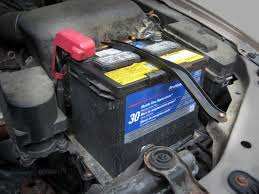
Tires
Car tyres are another major recyclable material. Old tyres can be repurposed in various ways, reducing the need for raw materials and decreasing environmental pollution.
- Recycling Process
- Collection: Old tyres are collected from vehicles.
- Shredding: Tyres are shredded into smaller pieces.
- Separation: Steel and fibre are separated from the rubber.
- Reprocessing: The rubber is processed into crumb rubber and used in products like artificial turf and fibreglass insulation.
- Products Made from Recycled Tyres
- Building materials: Such as rubberized asphalt for roads.
- Consumer goods: Including mats, playground surfaces, and sports tracks.
Metals
Scrap metal cars are a rich source of metal that can be recycled. Recycling metals from cars involves the recovery of ferrous metals like steel and iron, and non-ferrous metals such as aluminum and copper.
- Types of Metals Recycled
- Ferrous metals: Primarily steel from car bodies.
- Non-ferrous metals: Aluminum, copper, and other valuable metals.
- Recycling Process
- Dismantling: Vehicles are dismantled, and metal parts are sorted.
- Shredding: Metal parts are shredded into smaller pieces.
- Sorting and melting: Metals are separated using magnets and melted down for reuse.
- Benefits of Metal Recycling
- Reduces the need for mining new raw materials.
- Lowers greenhouse gas emissions associated with metal production.
Plastics
Plastics in modern vehicles can be recycled into new products, reducing the environmental impact of plastic waste.
- Types of Recyclable Plastics
- Polypropylene and polyethylene used in car parts like bumpers and dashboards.
- Recycling Process
- Collection and sorting: Plastics are collected and sorted by type.
- Cleaning and shredding: Plastics are cleaned and shredded into small pieces.
- Melting and reforming: Shredded plastic is melted and reformed into new products.
- Products Made from Recycled Plastics
- Car mats and other automotive accessories.
- Household items and packaging materials.
Glass
Glass car windows and windshields are also recyclable. Recycling glass helps to reduce waste and conserves resources.
- Types of Automotive Glass
- Tempered glass: Used in side and rear windows.
- Laminated glass: Used in windshields.
- Recycling Process
- Collection: Glass is collected from end of life vehicles.
- Cleaning and crushing: Glass is cleaned and crushed into small pieces.
- Melting and reforming: Crushed glass is melted and reformed into new glass products or used in construction materials.
Motor Oil and Other Fluids
Recycling automotive fluids such as engine oil, motor oil, and coolant is essential for preventing environmental contamination. Recycling oil filters is also crucial due to their role in cleaning undesired chemicals from the car’s atmosphere and the environmental considerations related to their disposal and re-use.
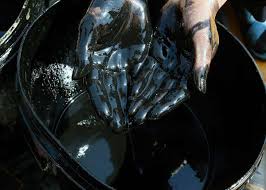
- Types of Recyclable Fluids
- Engine oil: Can be re-refined and used as new car oil.
- Coolant and brake fluid: Reprocessed and reused.
- Recycling Process
- Collection: Fluids are collected during vehicle servicing or at recycling centers.
- Filtering and refining: Fluids are filtered to remove contaminants and refined for reuse.
- Benefits of Fluid Recycling
- Prevents environmental pollution.
- Reduces the need for new oil extraction.
Electronics and Wiring
Modern cars are equipped with numerous electronic components and wiring that can be recycled.
- Types of Recyclable Electronics
- Circuit boards, sensors, and wiring harnesses.
- Recycling Process
- Dismantling: Electronic components are removed from vehicles.
- Separation and recovery: Valuable metals and components are separated and recovered.
- Benefits of Electronics Recycling
- Reduces electronic waste.
- Recovers valuable materials like copper and rare earth metals.
Conclusion: The Auto Recycling Industry
Recycling car parts is a crucial aspect of the auto recycling industry, contributing to sustainability and environmental protection. From car batteries to glass car windows and scrap metal, recycling car parts helps to conserve natural resources, reduce waste, and lower greenhouse gas emissions.
By understanding and participating in the recycling process, we can ensure that our old cars are disposed of responsibly and that valuable parts are reused effectively. Recycling old cars is essential for conserving natural resources, reducing greenhouse gas emissions, and providing discounted spare parts for vehicle maintenance. Encouraging the recycling of modern vehicles and their components not only


